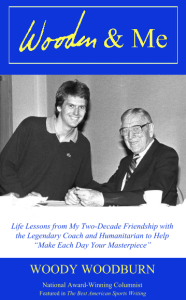“Simplify, simplify,” advised Henry David Thoreau, to which Ralph Waldo Emerson wryly, and wisely, replied: “One ‘simplify’ would have sufficed.”
On a similar theme, Ernest Hemingway is said to have once accepted a bet that he couldn’t write a complete story in a mere six words. Papa triumphed with this mini-masterpiece: “For sale: baby shoes, never worn.”
For fun, I challenged some friends to write their own six-word stories of fiction or memoir. Here are some of their tiny tales…
“She had me with her smile.” By Mitch Gold.
By Steve Grimm: “I asked her, she said yes!”
Conversely, and darkly, by Debby Holt Larkin, author of “A Lovely Girl” and the daughter of the late, great Bob Holt who chronicled this column space long ago: “Wife ran off … need your shovel.”
Even more darkly, a six-word historical novel by Chris Barney: “Rats had fleas. Millions died painfully.”
More happily, by Ethan Lubin: “Former students visited. Made my day.”
“Ignored warning signs, at great peril.” By Joe Garces.
“Caesar had the best,” noted John Yewell: “ ‘I came, I saw, I conquered.’ Of course in Latin it’s only three words.”
“The light is darkness. Oh, Oppenheimer.” By Karen Lindell.
“Today, tomorrow and whatever comes next,” wrote John Collet and Susie Merry offered: “Small things can bring big happiness.”
Less happily, by Patrick Burke: “Last man down the trail, alive.”
“ ‘You run everyday?’ They are confused.” A mini-memoir by Lauren Siegel, a “streaker” who has run 8,737 consecutive days.
“I patted her pillow. It’s empty,” wrote James Barney, while Mary Eilleen Distin offered: “He left, and now I’m happy.”
“I moved to NYC at 71.” By Kris Young.
Jeff McElroy flipped the script on Hemingway’s heartbreaking micro-novella, turning it into a much happier one – and in only five words: “Free: Baby shoes, well-worn.”
Seeking even further simplicity, I posed a second challenge of brevity: Write a happy story in only four words…
“I love you, too,” wrote Chulwon Karma Park.
Kathy McAlpine and Betsy Chess both identically authored a classical super small storybook: “Lived happily ever after!” while Allyson McAuley added a slight twist: “They lived, happily, peacefully.”
“Peace love rock roll,” wrote Dick Birney while Carrie Wolfe offered: “Life is unexpected love.”
“The grandkids came over!” wrote Toni Tuttle-Santana and E.Wayne Kempton echoed: “Good to be Grampy!”
By Alison Smith Carlson: “Julie’s cancer was cured.”
In a sequel to his earlier six-word story, or perhaps a prequel, James Barney wrote: “She woke beside me.”
“The cruise is booked!” wrote Karen Biedebach-Berry and Julie Chrisman offered another tale of the sea: “Today I went Paddleboarding!”
Susie Merry wrote a sweet story, “I ate some chocolate,” and John Brooks served up a similar theme for readers’ consumption: “I ate some cannoli!”
“I got over it,” wrote Shaka Senghor and I, for one, want 1,000 more words.
Cindy Hansen wrote, “Hike trees bees breathe,” while Tom Koenig similarly offered: “Warm water beach sand.”
In an inspiring mini-memoir, Todd Kane wrote: “Been sober since 1976.”
“Because she was brave.” By Hannah McFadden.
“We are all together,” wrote Mike Weinberg-Lynn while Robin Harwin Satnick offered: “We happily adventured together.”
“9 o’clock starting time,” wrote Rodney Johnsen, Sr. in a story that may turn less happy by the third tee.
“Fireplace book cooking wine,” wrote Kathleen Koenig while Vicki Means offered: “Feeling safe and sound.”
“Autumn air smells earthy!” By Lisa Barreto.
Julie Hein wrote, “Gave birth; heart grew,” while Edie Marshall also offered a love story: “Found Chuck. Got married.”
Lastly, by yours truly: “Column written for me.”
* * *
Essay copyrights Woody Woodburn
Woody writes a weekly column for The Ventura County Star and can be contacted at WoodyWriter@gmail.com. Follow him on Twitter and Instagram at @woodywoodburn. His SIGNED books are available at www.WoodyWoodburn.com.
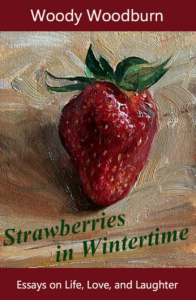
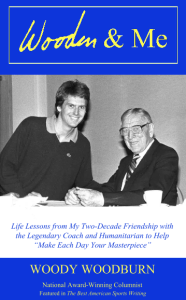


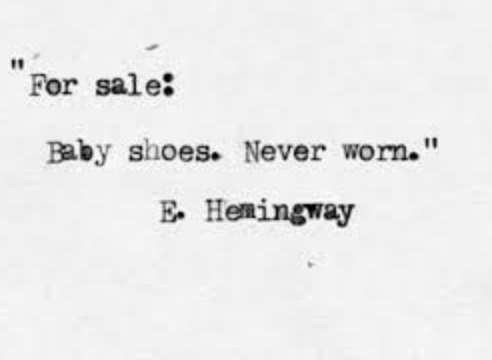
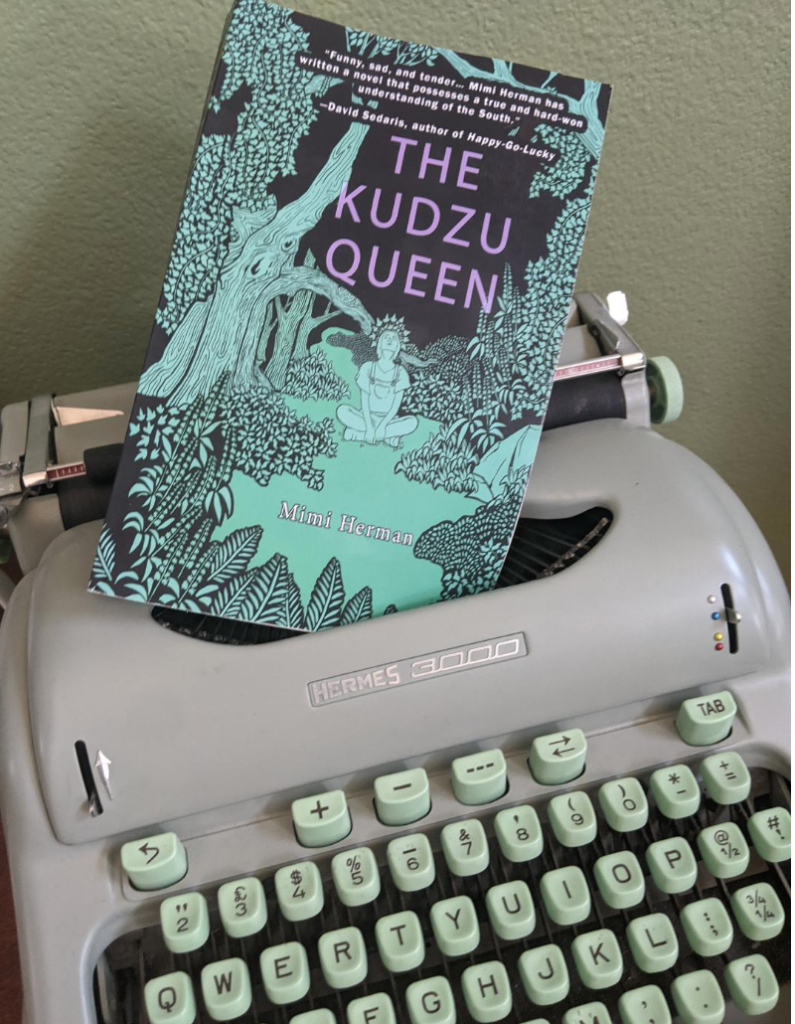

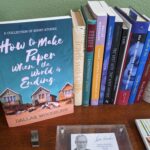





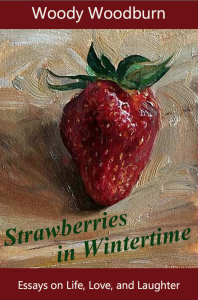 Woody’s highly anticipated new book “STRAWBERRIES IN WINTERTIME: Essays on Life, Love, and Laughter” is NOW available!
Woody’s highly anticipated new book “STRAWBERRIES IN WINTERTIME: Essays on Life, Love, and Laughter” is NOW available! 
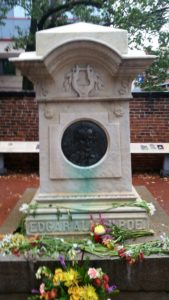 Serendipity smiled further on our side trip when the docent informed us that a anniversary ceremony commemorating Poe’s funeral was to be held at the Westminster Burying Ground, little more than a mile a way, starting in about five minutes.
Serendipity smiled further on our side trip when the docent informed us that a anniversary ceremony commemorating Poe’s funeral was to be held at the Westminster Burying Ground, little more than a mile a way, starting in about five minutes.